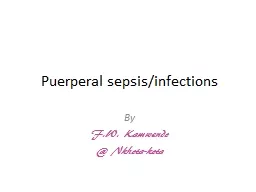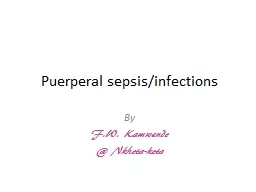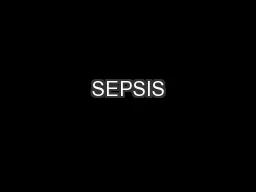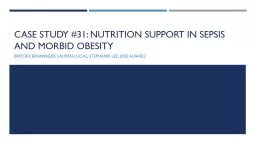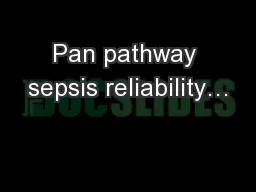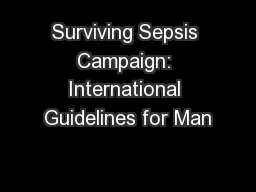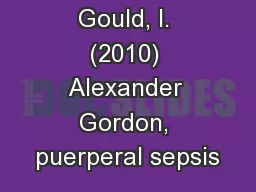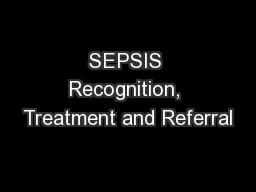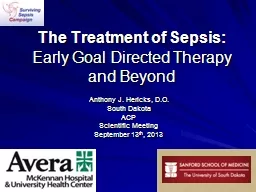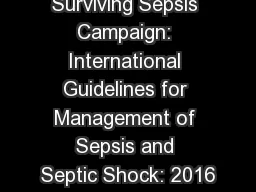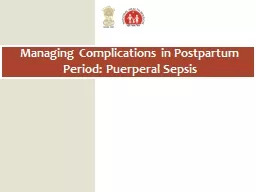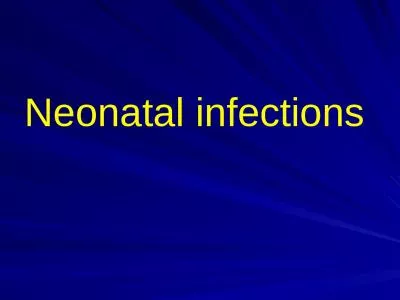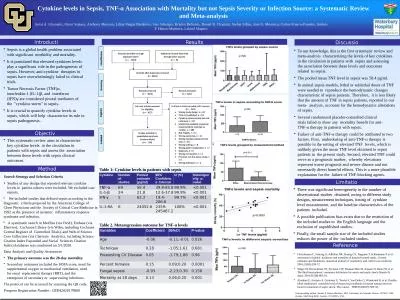PPT-Puerperal sepsis/ infections
Author : tatyana-admore | Published Date : 2018-10-24
By FW Kamwendo Nkhotakota Definition Puerperal sepsis Infection of the genital tract occurring at any time between the onset of rupture of membranes or labour
Presentation Embed Code
Download Presentation
Download Presentation The PPT/PDF document "Puerperal sepsis/ infections" is the property of its rightful owner. Permission is granted to download and print the materials on this website for personal, non-commercial use only, and to display it on your personal computer provided you do not modify the materials and that you retain all copyright notices contained in the materials. By downloading content from our website, you accept the terms of this agreement.
Puerperal sepsis/ infections: Transcript
Download Rules Of Document
"Puerperal sepsis/ infections"The content belongs to its owner. You may download and print it for personal use, without modification, and keep all copyright notices. By downloading, you agree to these terms.
Related Documents

